Once Thought Extinct, This Prehistoric Bird Is Thriving Again In The Wild
November 13, 2024
In a triumphant return from the brink of extinction, the South Island takah─ō, New Zealand’s unique, flightless swamphen, is making a comeback in its native habitat.
Known for its striking blue and green plumage and playfully described as “psychedelic disco chickens,” these birds hold a significant place in New Zealand’s natural and cultural heritage.
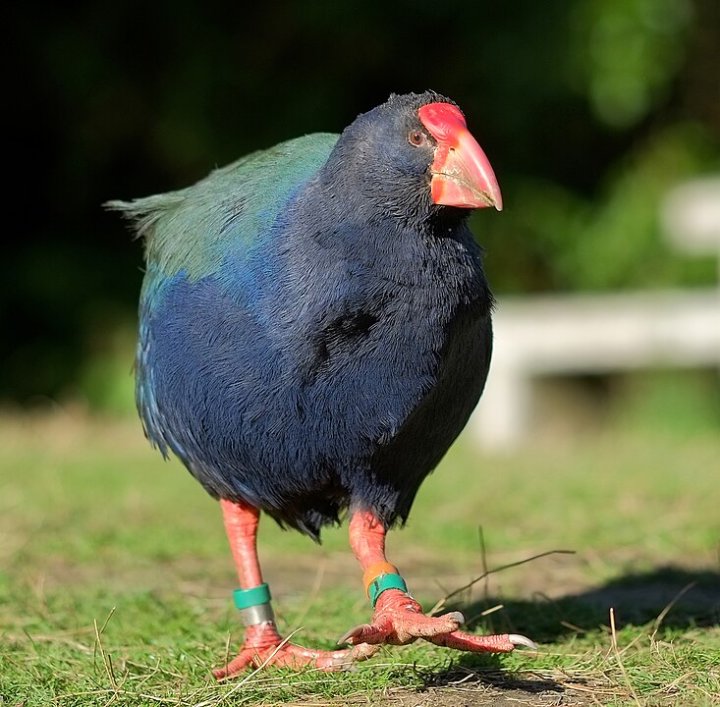
A takah─ō in South Island
Even though the takah─ō was once believed extinct, recent efforts have sparked new hope, showing that these birds are, indeed, thriving in the wild.
In August 2023, the Department of Conservation (DOC) and the Ng─üi Tahu tribe took a bold step in takah─ō conservation by releasing 18 of these rare birds into the mountainous region of Greenstone Station, a protected tribal land in the South Island.
Just one year later, the DOC has happily reported that the takah─ō population on this land is “thriving,” with eight out of ten breeding pairs nesting soon after release. Several chicks have hatched, marking a promising start for these newly established families.
“It’s particularly promising that eight out of 10 pairs started nesting within a few months of being released, exceeding our expectations and showing they are settled enough to breed," said DOC Takah─ō Recovery Operations Manager Deidre Vercoe. "We believe seven to 10 chicks hatched but some young chicks commonly die in the first weeks and months of life from natural causes."
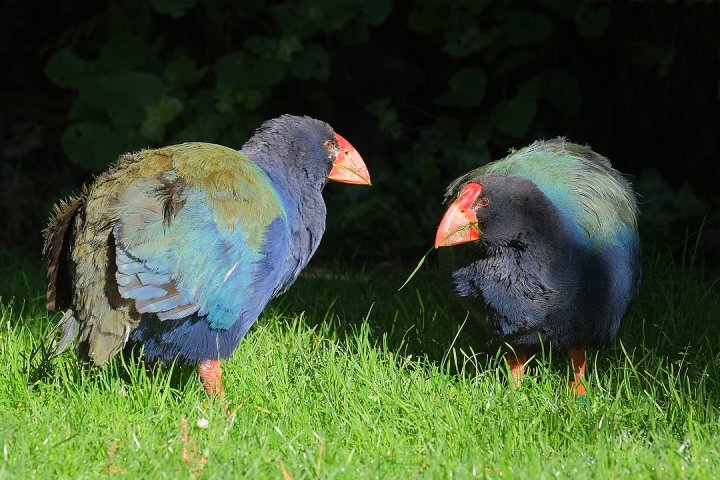
A male and female takah─ō
Today, New Zealand’s national takah─ō population stands at around 500, with an annual growth rate of about 8%—an encouraging sign of resilience.
Fulton Hogan New Zealand CEO Ben Hayward says the Takah─ō Recovery Programme's success in increasing the national population to around 500 birds is a significant milestone.
“The thriving takah─ō population at Greenstone Station is a testament to the collaborative efforts of Ng─üi Tahu, DOC, and our team at Fulton Hogan. Seeing these birds adapt and raise offspring in their new environment is incredibly rewarding," he said in a statement.
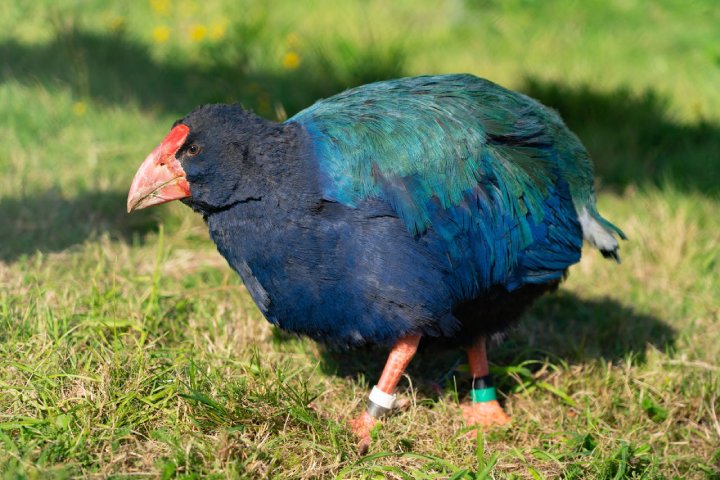
Takah─ō have a fascinating and somewhat mysterious history.
First identified by European scientists in 1847 from fossilized bones, the South Island takah─ō was soon believed extinct, as no living birds could be found despite persistent efforts.
However, scattered sightings continued to surface, with hunters and settlers describing encounters with “giant pukakis”—large, blue-and-green birds unlike anything else in the wild. One group even recalled chasing a bird “the size of a goose, with blue-green feathers and the speed of a racehorse,” though they couldn’t capture it.
In an extraordinary turn of events, a small group of takah─ō was rediscovered in 1948, a revelation that reignited hope and launched what is now the Takah─ō Recovery Program. This ongoing conservation effort has since helped bring the takah─ō population back from the edge, creating a brighter future for these rare and remarkable birds.
Click Here For The Most Popular On Sunny Skyz
 Boy With Down Syndrome Nails The Whitney Houston Challenge, And The Crowd Goes Wild
Boy With Down Syndrome Nails The Whitney Houston Challenge, And The Crowd Goes Wild
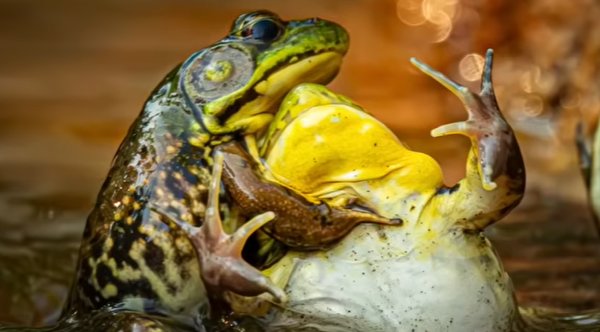 The Funniest Wildlife Photos Of 2025 Are Here ŌĆö And TheyŌĆÖre Hilarious
The Funniest Wildlife Photos Of 2025 Are Here ŌĆö And TheyŌĆÖre Hilarious
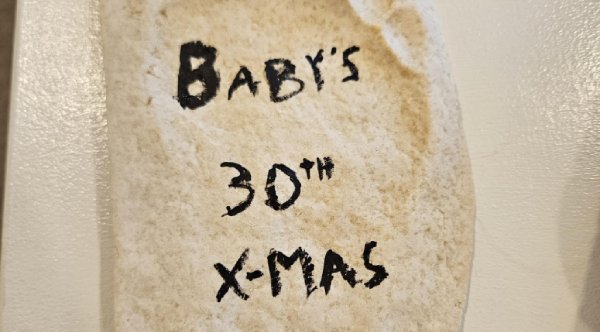 This 30-Year-OldŌĆÖs Christmas Gift To His Mom Is Going Viral
This 30-Year-OldŌĆÖs Christmas Gift To His Mom Is Going Viral
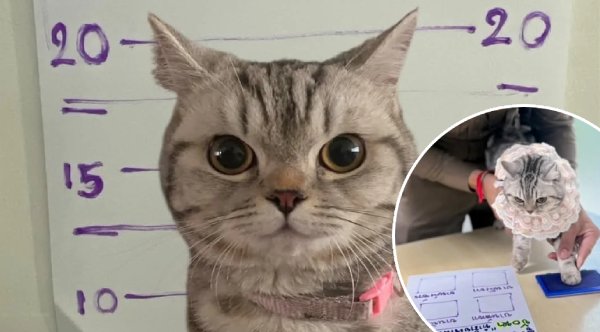 Police 'Arrest' A Lost Cat For 'Assault' ŌĆö And She Has No Regrets
Police 'Arrest' A Lost Cat For 'Assault' ŌĆö And She Has No Regrets
 Police OfficerŌĆÖs Simple Question Leads To An Unforgettable Christmas Moment
Police OfficerŌĆÖs Simple Question Leads To An Unforgettable Christmas Moment
 Fumbles, Fails, And Funny Flags: The NFLŌĆÖs Most Hilarious Game Day Moments
Fumbles, Fails, And Funny Flags: The NFLŌĆÖs Most Hilarious Game Day Moments
 He Asked For Help Wrapping A Christmas Present ŌĆö Then Surprised Her With A Life-Changing Gift
He Asked For Help Wrapping A Christmas Present ŌĆö Then Surprised Her With A Life-Changing Gift
 The Hug That Went Viral On Facebook
The Hug That Went Viral On Facebook
 You Have To See This 'Piggy Train' Trotting Through The Snow
You Have To See This 'Piggy Train' Trotting Through The Snow
 SheŌĆÖs Been Helping Hungry Children For Years ŌĆö This Christmas, Someone Helped Her
SheŌĆÖs Been Helping Hungry Children For Years ŌĆö This Christmas, Someone Helped Her
 This Teacher Found A Simple Way To Make Every Student Feel Loved
This Teacher Found A Simple Way To Make Every Student Feel Loved
